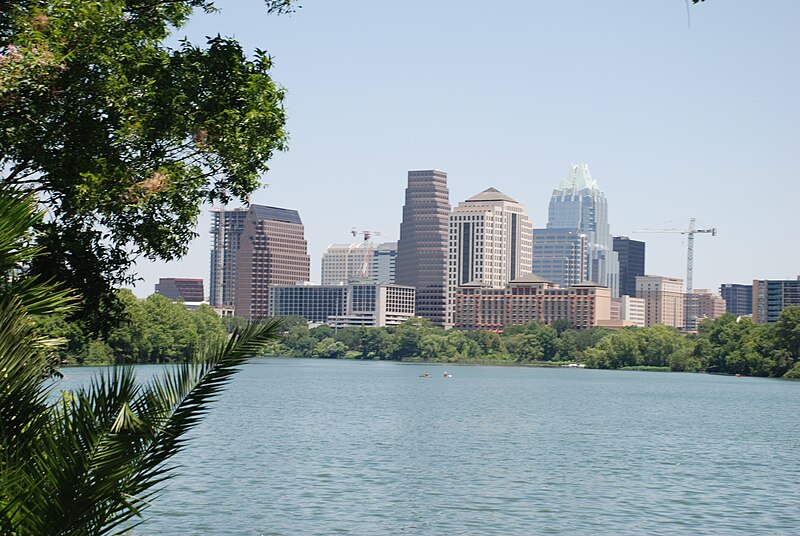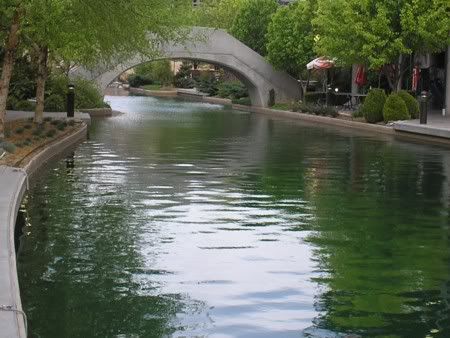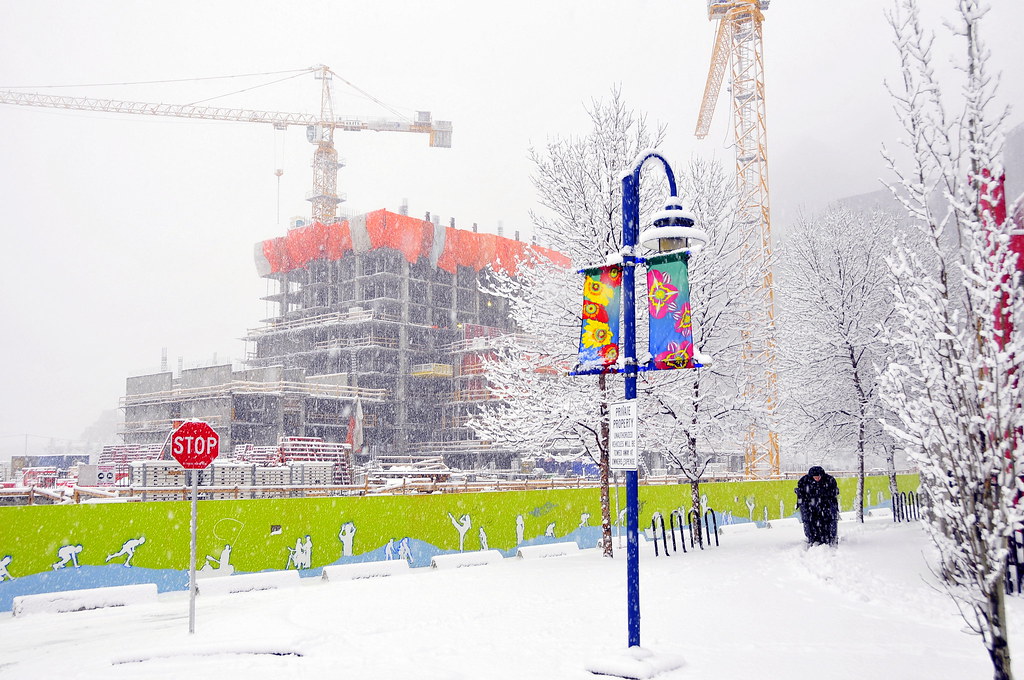I thought I would point out a few cities that would dispel the theory that great cities have great statistics backing them up. In fact, in several instances, great cities have pretty average statistics backing them up. The following information is from CityData.com. I've compared back-to-back Portland, Charlotte, Austin, Omaha, OKC, and Tulsa. They're all pretty similar, in fact no city has a clear advantage over any other, except in population, where Portland is clearly a lot bigger than Omaha and the rest just fill in the spaces. I was especially surprised by how high crime is in Portland and Charlotte.
Portland, OR

Metro population.. 2,159,720
City population.. 575,930
Population change 1990-2000.. 21%
Population change 2000-2007.. 24%
Daytime population change.. +121,743/23.0%
2000 crime index (avg is 320.9).. 636
2007 crime index (avg is 320.9).. 497.3
Poverty.. 15.1%
2007 unemployment.. 4.7%
Per capita income.. $22,643
Median house/condo value.. $257,300
Charlotte, NC

Metro population.. 1,897,034
City population.. 671,588
Population change 1990-2000.. 73.2% (540,828 - 395,823)
Population change 2000-2007.. 20.9%
Daytime population change.. +114,655/21.2%
2000 crime index (avg is 320.9).. 677.1
2007 crime index (avg is 320.9).. 648
Poverty.. 12.4%
2007 unemployment.. 4.1%
Per capita income.. $29,825
Median house/condo value.. $255,032
Austin, TX

Metro population.. 1,598,161
City population.. 743,073
Population change 1990-2000.. 39.1%
Population change 2000-2007.. 10.5%
Daytime population change.. +127,328/19.4%
2000 crime index (avg is 320.9).. 441.7
2007 crime index (avg is 320.9).. 467.1
Poverty.. 17.5%
2007 unemployment.. 3.5%
Per capita income.. $29,825
Median house/condo value.. $195,200
Omaha, NE

Metro population.. 829,890
City population.. 432,921
Population change 1990-2000.. 16.1%
Population change 2000-2007.. 11%
Daytime population change.. +76,558/19.6%
2000 crime index (avg is 320.9).. 524.3
2007 crime index (avg is 320.9).. 428.5
Poverty.. 14.7%
2007 unemployment.. 3.1%
Per capita income.. $21,756
Median house/condo value.. $126,600
Oklahoma City, OK

Metro population.. 1,262,027
City population.. 537,734
Population change 1990-2000.. 15.3%
Population change 2000-2007.. 8.1%
Daytime population change.. +94,645/18.7%
2000 crime index (avg is 320.9).. 677.4
2007 crime index (avg is 320.9).. 565.8
Poverty.. 16.2%
2007 unemployment.. 4.4%
Per capita income.. $19,098
Median house/condo value.. $122,700
Tulsa, OK

Metro population.. 955,643
City population.. 384,037
Population change 1990-2000.. 7%
Population change 2000-2007.. -2.7%
Daytime population change.. +74,836/19.0%
2000 crime index (avg is 320.9).. 600.6
2007 crime index (avg is 320.9).. 683.0
Poverty.. 14.1%
2007 unemployment.. 4.2%
Per capita income.. $21,534
Median house/condo value.. $110,200














